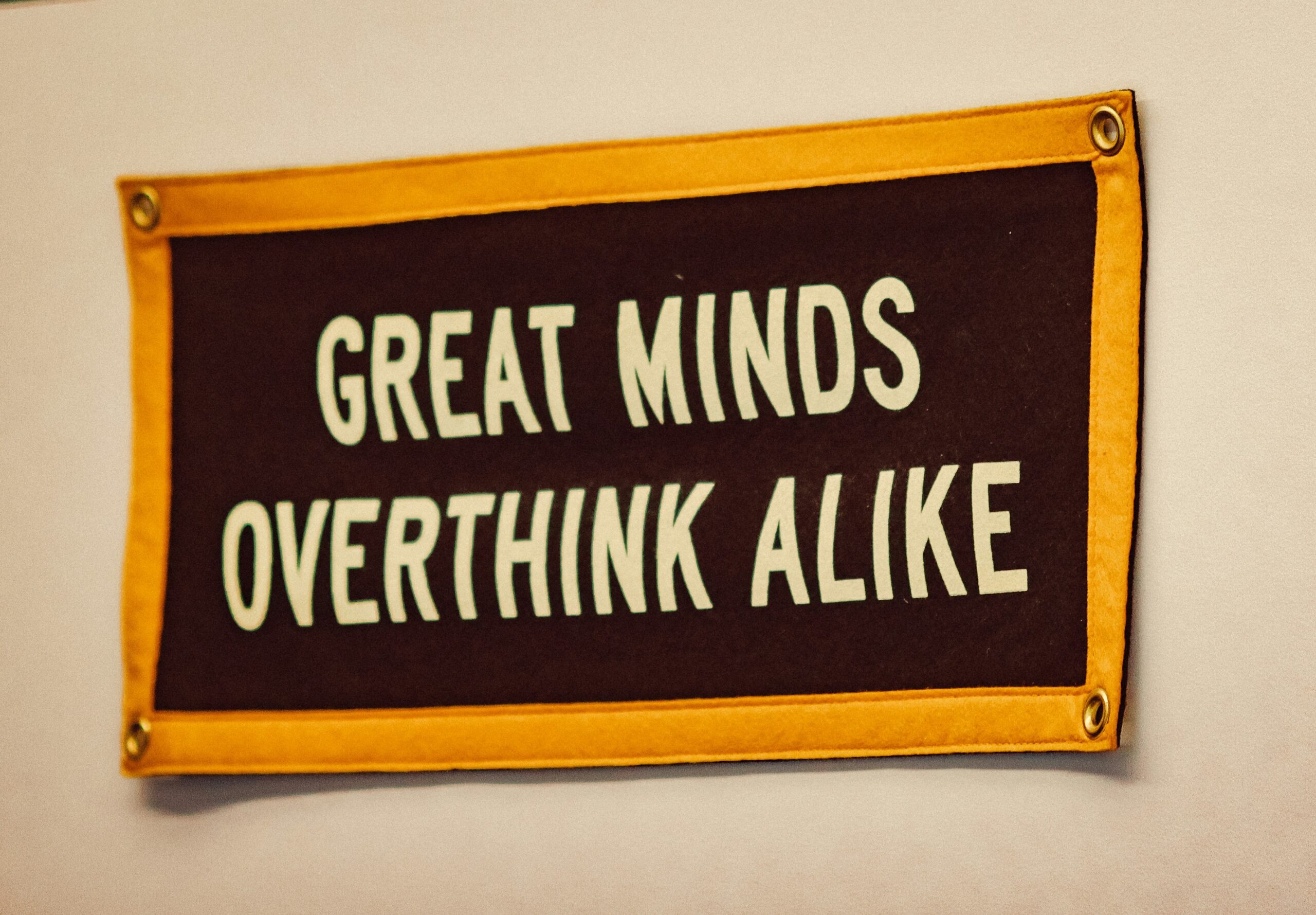Ever found yourself staring at your phone, wondering how you got sucked into a 2-hour social media spiral when you were supposed to be relaxing? Yeah, us too. Stress is sneaky like that—it creeps in, hijacks your focus, and leaves you feeling drained. But what if your phone could actually help instead of hurt? Enter mindful reminders, the unsung heroes of stress management apps.
In this post, we’ll explore how mindful reminders can transform your mental wellness journey. You’ll discover the science behind them, actionable steps to use them effectively, killer tips for maximizing their benefits, real-world examples, and answers to frequently asked questions. Ready to reclaim your zen? Let’s dive in.
Table of Contents
- Key Takeaways
- Why Mindful Reminders Matter
- How to Set Up Mindful Reminders
- Tips to Make Them Work Wonders
- Real-Life Success Stories
- Frequently Asked Questions
Key Takeaways
- Mindful reminders are small nudges on stress management apps designed to bring you back to the present moment.
- These reminders reduce cortisol levels and improve emotional regulation by promoting awareness.
- Actionable steps include setting intentional notifications, pairing them with breathing exercises, and customizing tones/messages.
- Pro tip: Combine these reminders with other mindfulness practices for maximum impact.
Why Mindful Reminders Matter: The Sneaky Nature of Stress
“Stressed” might as well be everyone’s middle name these days. A recent study revealed that 77% of people experience physical symptoms caused by stress. From grinding teeth while sleeping (*ouch*) to forgetting why you walked into a room (*ugh*), it affects us more than we realize.
Here’s where I failed big time: Last year, my phone became Ground Zero for burnout central. Every notification screamed “URGENT,” even though most weren’t. One day, after missing yet another self-care appointment because of endless Slack pings, I hit a wall. And guess what helped me climb back up? A single gentle nudge from my stress management app saying, “Pause. Breathe.” That’s when I learned the magic of mindful reminders.

How to Set Up Mindful Reminders
Step 1: Choose the Right App
Not all stress management apps are created equal. Some, like Calm and Headspace, specialize in guided meditations with built-in reminders. Others, such as Forest or Fabulous, gamify habit-building.
Step 2: Customize Notifications
Optimist You: “Set those reminders so they work wonders!”
Grumpy You: “Yeah, but only if they don’t annoy me first.”
Seriously though, pick times when interruptions won’t disrupt deep focus. Pair them with meaningful messages like “You’ve got this” or calming sounds like rainfall.
Step 3: Test and Adjust
No one gets it perfect the first time. Experiment with frequency, tone, and type of reminder until it clicks.

Tips to Make Mindful Reminders Work Wonders
- Pick Your Battles: Don’t overwhelm yourself with constant notifications. Start with just 2–3 daily reminders.
- Add Context: Link reminders to specific triggers—like taking three breaths before opening emails.
- Terrible Tip Alert: Do NOT set reminders during peak productivity hours unless you love being interrupted mid-flow. Trust me; it’s maddening.
- Pair with Action: Combine each reminder with a quick action, like stretching or sipping water.
- Rant Time: WHY DO SOME APPS MAKE SOUND CUES SO LOUD?! If yours does, mute it. No one needs heart palpitations over a bell chime.
Real-Life Success Stories
Case Study #1: Sarah, a busy marketing manager, used reminders every two hours to pause and jot down three things she was grateful for. Within weeks, her team noticed her calmer demeanor and increased patience.
Case Study #2: John, a freelancer prone to procrastination, relied on periodic alerts reminding him to stand and stretch. Not only did his back thank him, but he also reported sharper focus afterward.

Frequently Asked Questions
Q: How often should I use mindful reminders?
A: It depends! Beginners may start with 2–3 reminders per day, while seasoned users might integrate them hourly.
Q: Can kids benefit from these reminders?
A: Absolutely! Teaching children mindfulness early sets them up for lifelong resilience.
Q: Are text-based reminders better than sound-based ones?
A: Both have pros and cons. Text-based offers precision, while sound adds an auditory cue. Test both to see what resonates!
Conclusion
Mindful reminders aren’t just buzzwords—they’re powerful tools backed by neuroscience to help manage stress in our hyper-connected world. Whether you’re juggling deadlines, parenting, or simply trying to stay sane online, integrating these reminders can transform chaos into clarity.
So go ahead, give them a shot. Your future self will thank you. Oh, and here’s a little easter egg to end things off: Like Tamagotchi, your mental wellness needs daily TLC. Feed it wisely.


